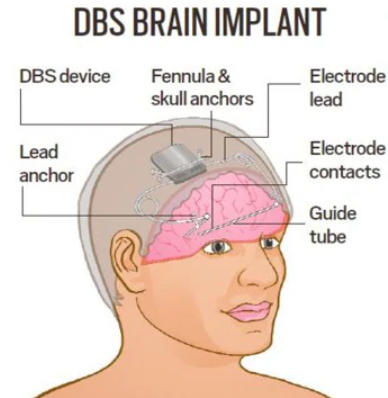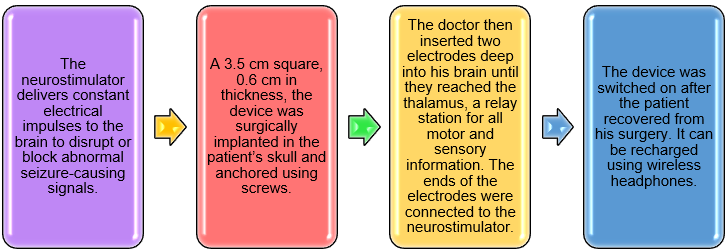News Excerpt:
A UK-based teenager has become the first person in the world to be fitted with a brain implant to help bring his epileptic seizures under control.

What is epilepsy?
- Epilepsy is a condition characterized by recurrent seizures, manifesting as jerking movements in the arms and legs, temporary confusion, staring spells, or muscle stiffness resulting from abnormal electrical brain activity.
- In nearly half of the cases, the cause of epilepsy remains unidentified. However, factors such as head trauma, brain tumours, certain infections like meningitis, or genetics can contribute to its development. This condition raises the risk of accidents, drowning, and falls.
- In India, the prevalence of epilepsy ranges from 3 to 11.9 per 1,000 people, according to a 2022 Lancet study commentary.
- Despite the availability of various anti-seizure medications, 30% of patients do not respond to treatment.
How does the device ‘neurostimulator’ work?

|
What is DBS (Deep Brain Stimulation)?
|


